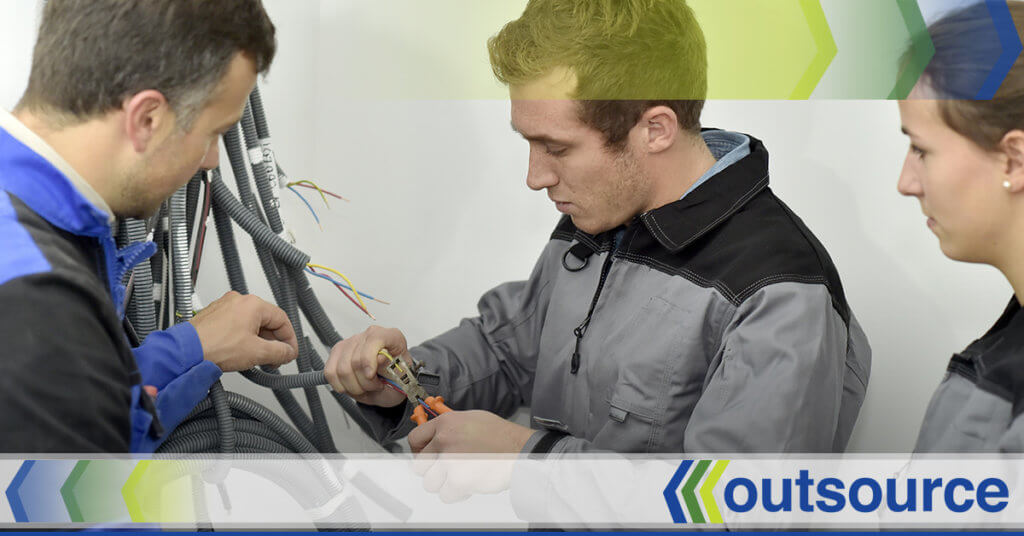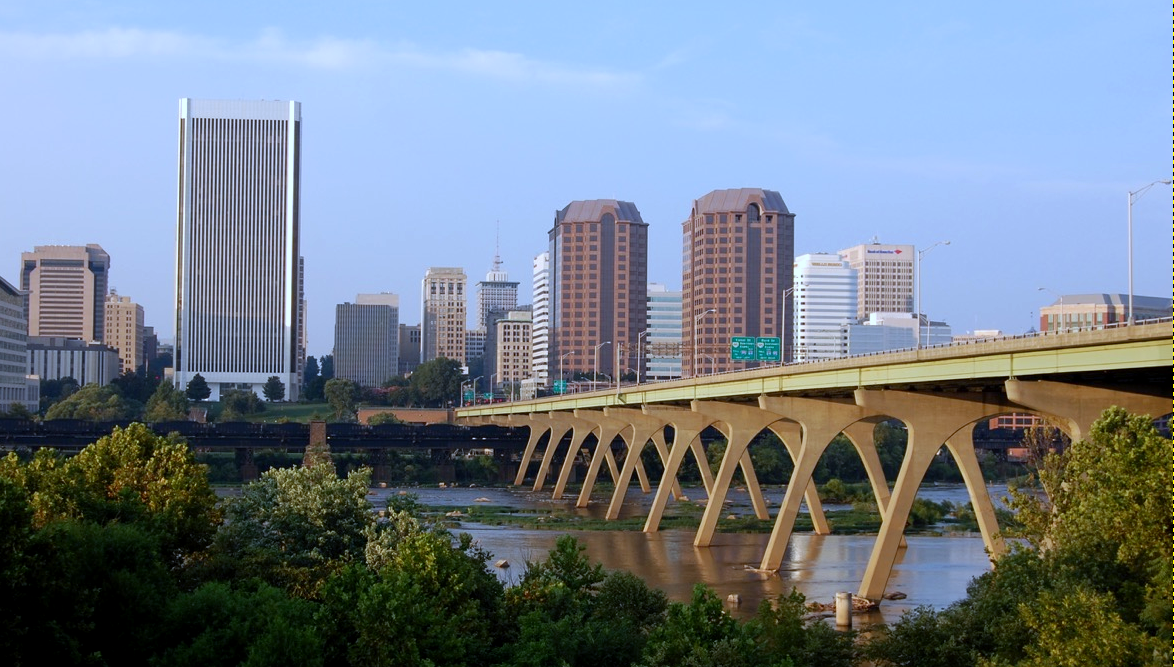
Fall injuries make up a substantial amount of workers’ compensation and medical costs. According to the National Safety Council, they cost over $70 billion each year in the U.S. Also, slips, trips, and falls account for 15% of all accidental deaths in the workplace, costing employers over $11 billion per year.
While these shocking figures might seem overwhelming, there are some cost-effective safety solutions employers can implement that will reduce slips, trips and falls significantly. Supervisors and workers learning what they can do to prevent these accidents is an essential first step.
Common Causes of Slips, Trips and Falls in the Workplace
While there is a myriad of reasons why a worker is injured in a fall, here are the most common:
- ladders
- stairs and railings
- weather-related conditions
- poor lighting
- spills
- floor mats
- unprotected openings and edges
- uneven walkways
The following practices can be put into effect immediately to eliminate these hazards and prevent slips, trips and falls in your workplace.
Practice Good Housekeeping
Ensure all tools and equipment in the work area are organized and put back after each use. Remember the 5S System of organization: Sort, Set in order, Shine, Standardize, and Sustain. People who use the walkways may be distracted and could be vulnerable to falling over obstacles. You can prevent potentially serious injuries just by using proper housekeeping methods.
Provide Proper Lighting in All Areas of the Facility
It might seem obvious, but poor lighting is often overlooked as a safety hazard. A dimly lit work area can keep workers from seeing dangers in their path, which can lead to slips, trips and falls. Stairwells, parking lots and certain parts of the warehouse are just some of the areas that can be poorly lit. Have your maintenance supervisor look at these areas to make sure they are adequately lit and to add lighting where it’s needed.
Mark the Floors as a Safety Guide
Another relatively simple safety upgrade is to add floor markings to guide pedestrians around dangerous areas. Combined with safety signs that warn workers of potentially hazardous spaces, these floor markers can go a long way in preventing falls.
Keep the Floors Dry
Containing spills and keeping all areas of the workplace as dry as possible will result in fewer slips and falls. It’s no secret wet floors increase the chances of a nasty fall, so make sure your employees are trained to clean up all spills immediately, instead of waiting for someone else to do it. Once again, use warning signs around any areas that are not completely dry to make workers aware of the danger.
Let Outsource Help You Find Safety Conscious Workers
If you would like assistance finding your next electrical professional, contact the experts at Outsource. We are the largest staffing firm in the nation specializing in the placement of low voltage and electrical talent.

Discover The Power of Real Partnership
Let's talk about the world of possibilities and how we can partner to make them a reality.
Our Latest Resources
What's new in the world of work? Check out the latest highlights, including staffing trends, top insights and more.
Be Ready to Answer These Questions at Your Next Job Interview
Whether this is your first job interview or you've done several already, you will probably find yourself with a case of nerves as it begins...
Maneuvering Your Job Search Through a Pandemic
A global pandemic means times are uncertain, stressful and even a bit frightening. While the COVID-19 outbreak has not only caused a health crisis it has also caused an economic crisis as well...



